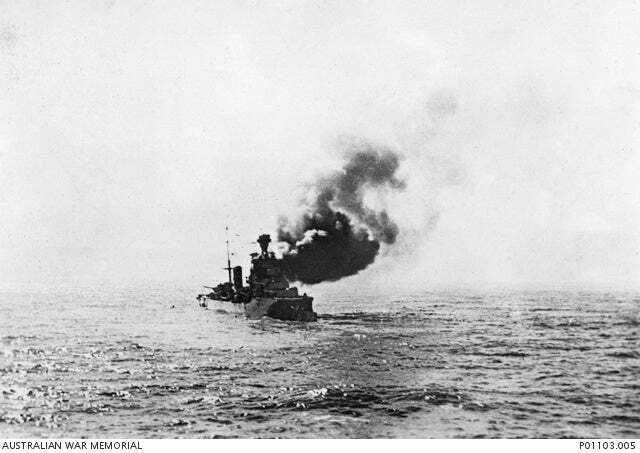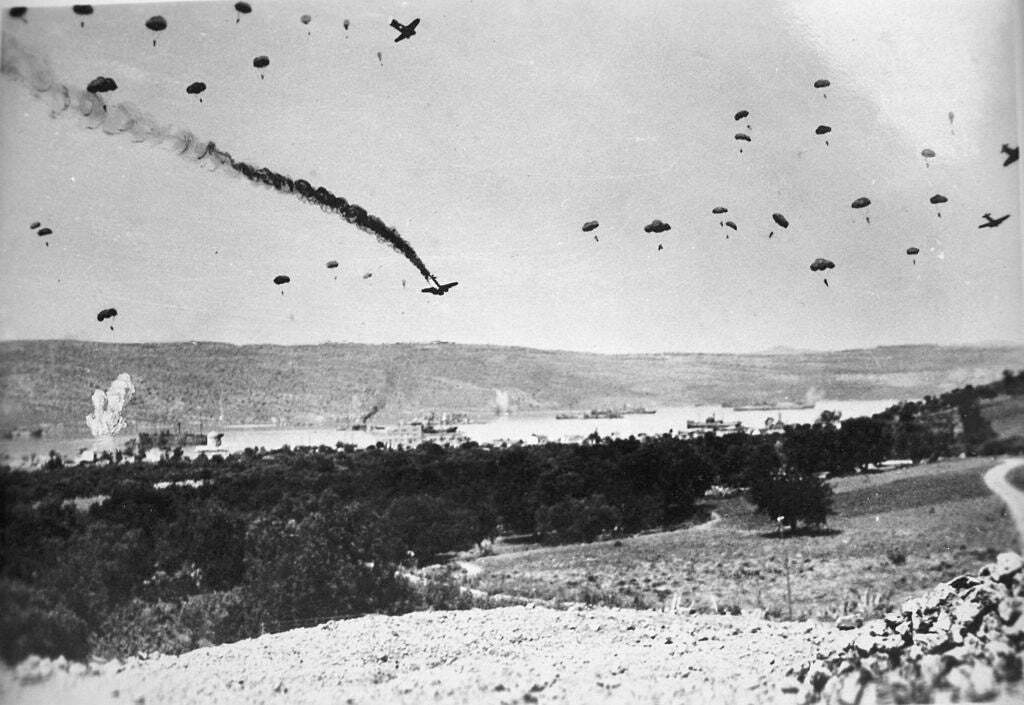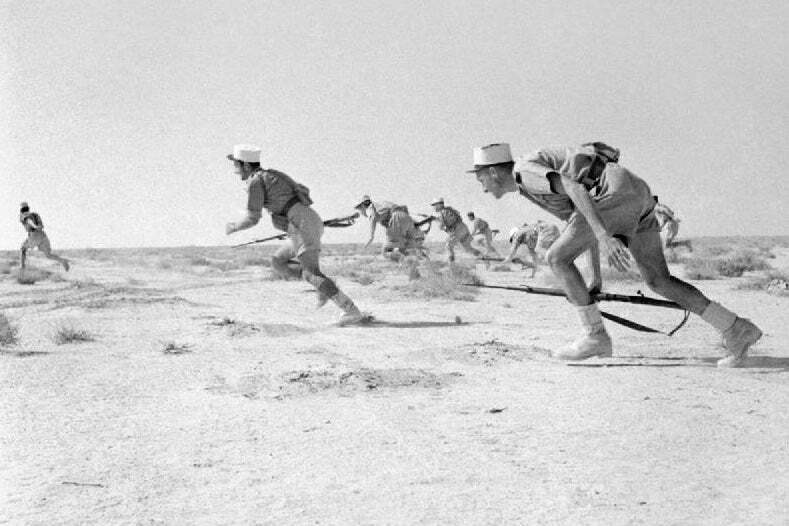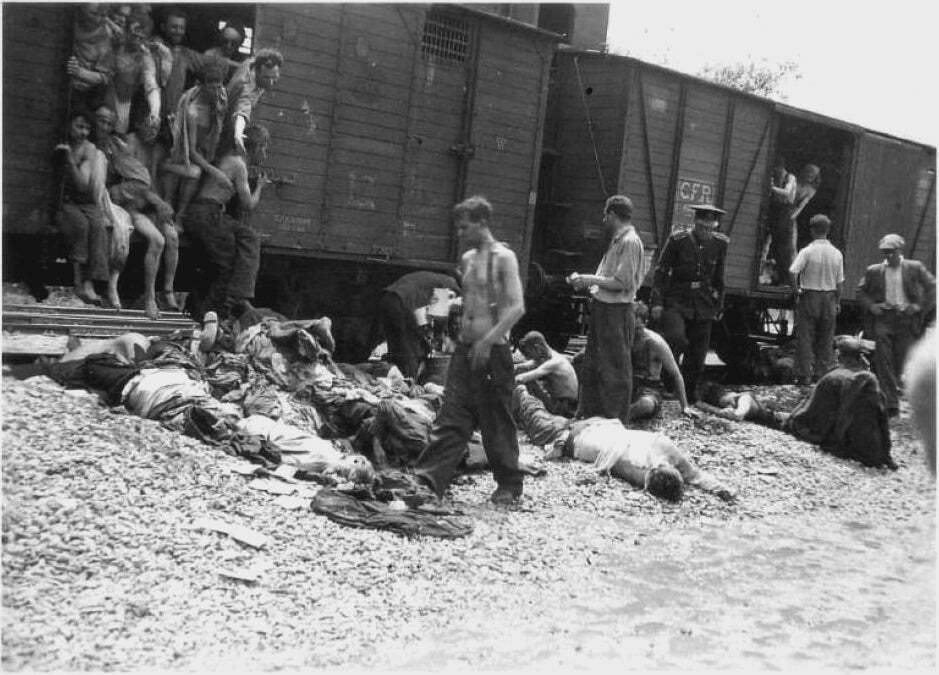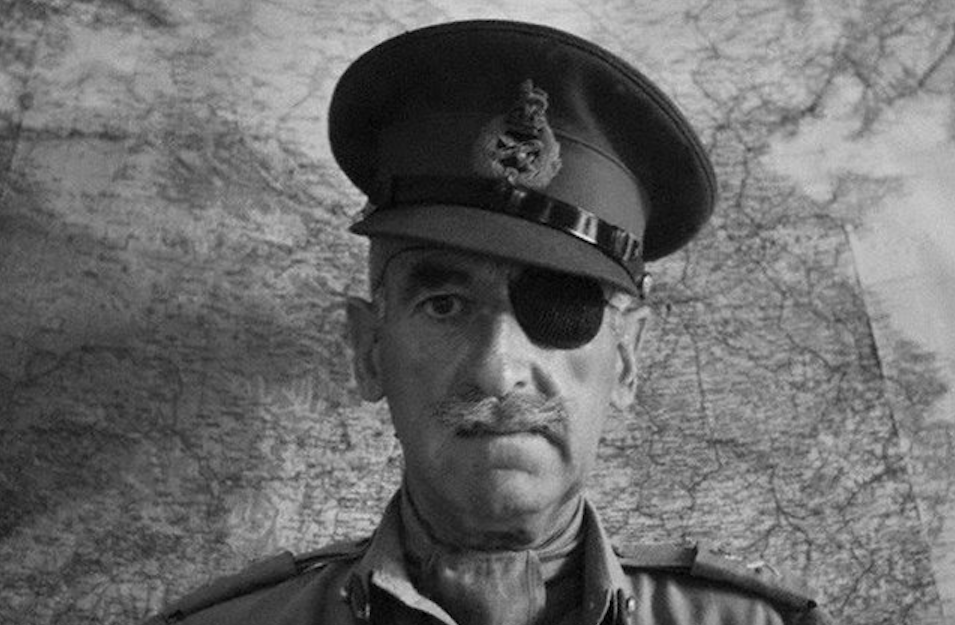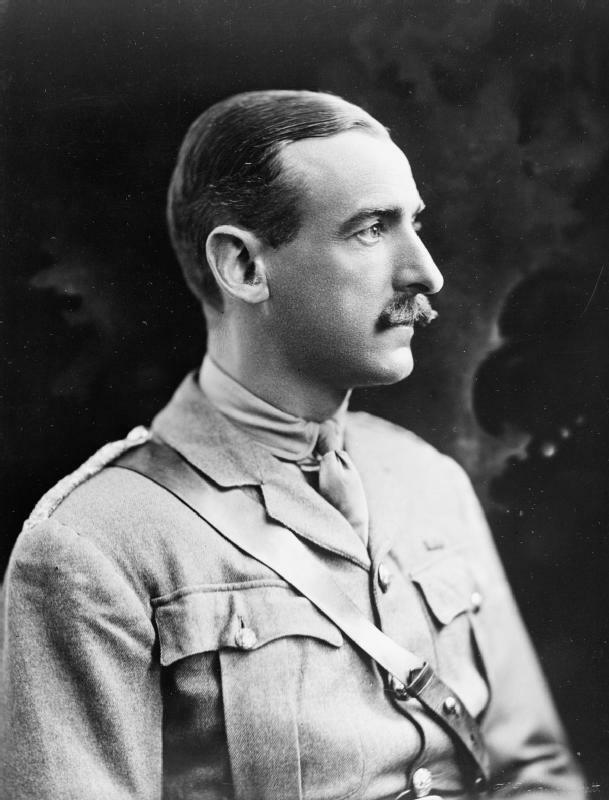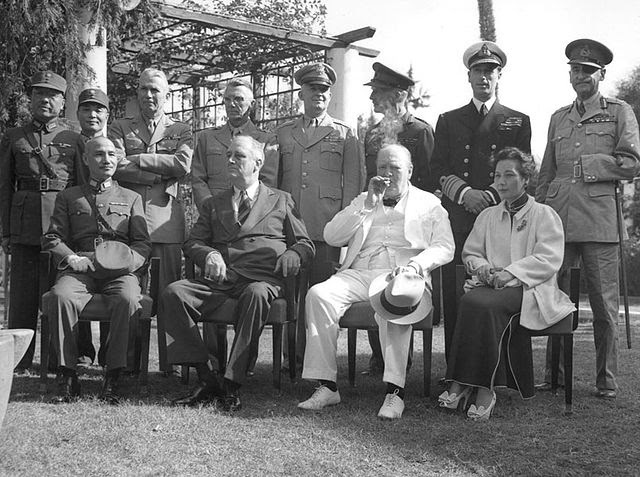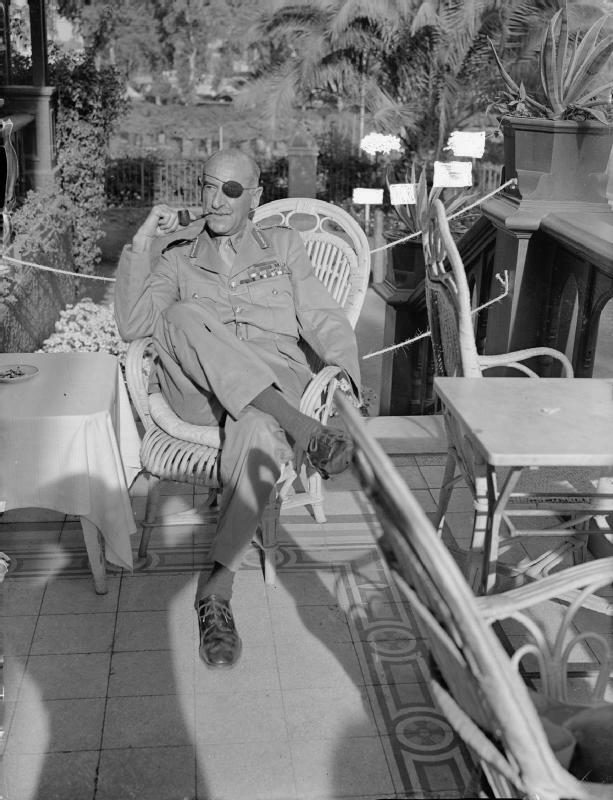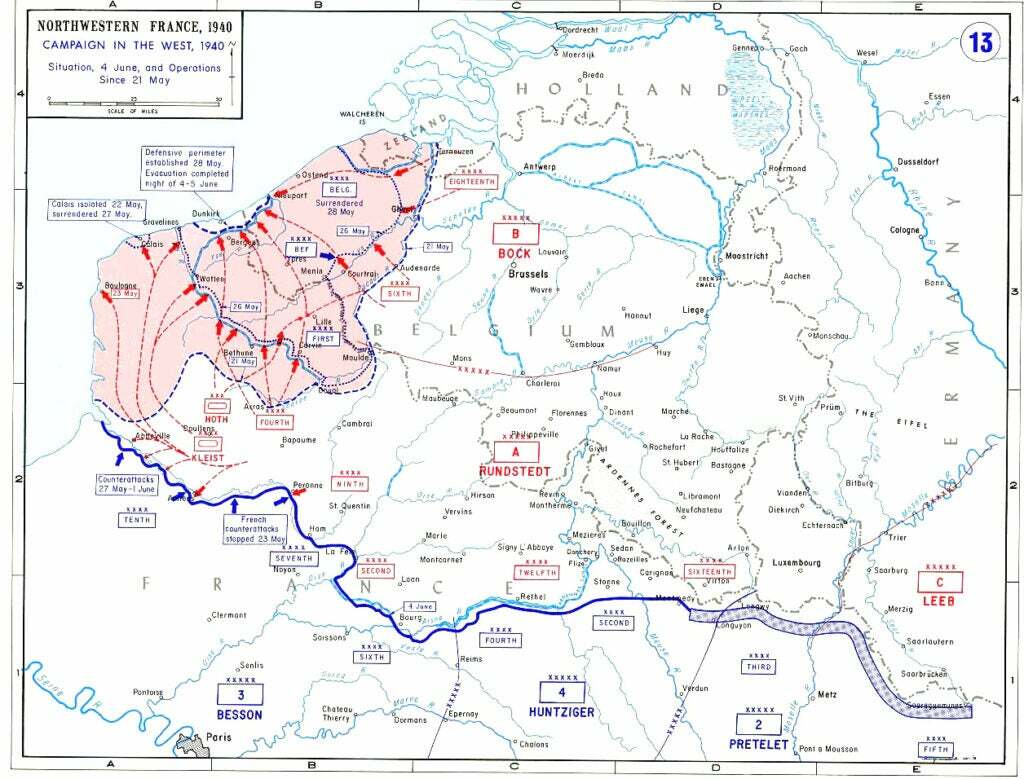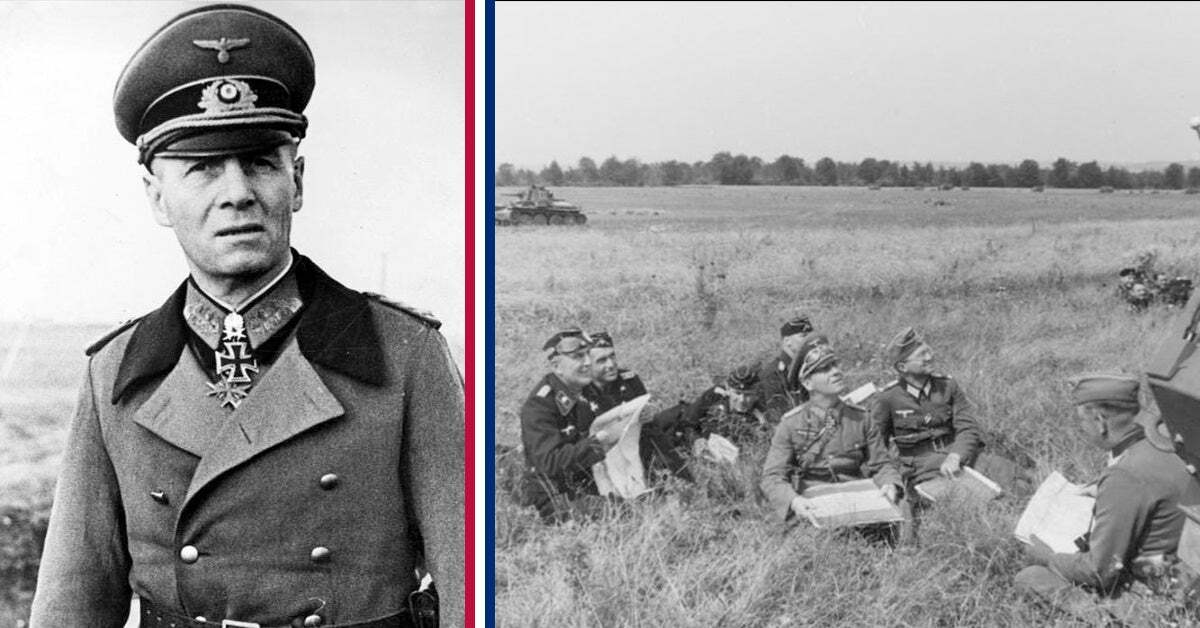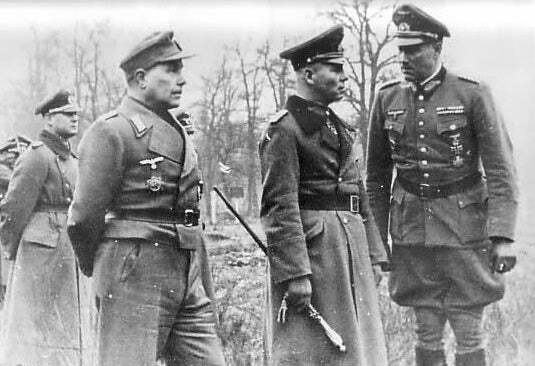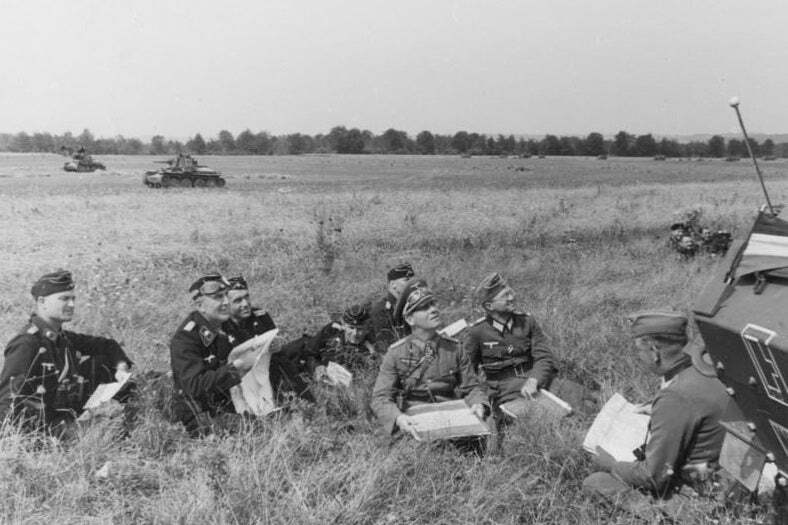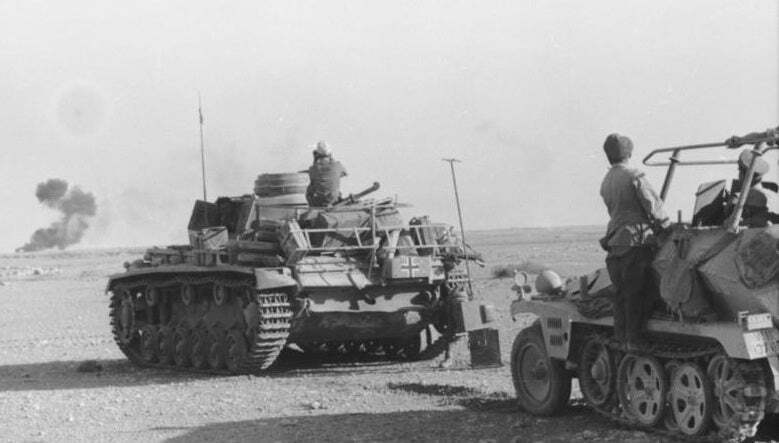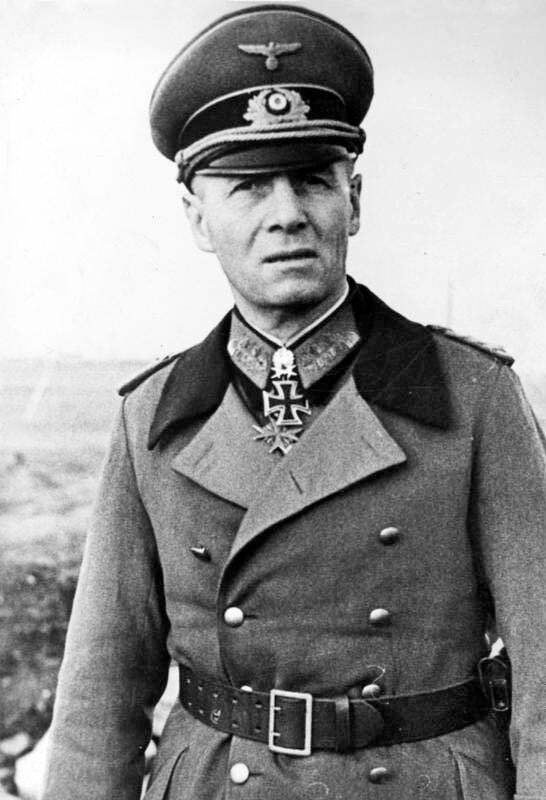Sidebar
Login Form
Little stories
- snowman
-
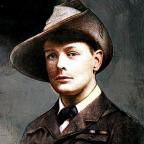
- Offline
- Your most dear friend.
"Straight and narrow is the path."
Please Log in or Create an account to join the conversation.
- Maki
-

- Offline
- Posts: 1256
- Thank you received: 1781
In August 1941, a submarine crew that already had a series of crazy, Mediterranean adventures under its belt slid up to the coast of Crete, a sailor swam from the boat to the shore with a lifeline, and the submarine rescued 130 stranded soldiers, setting a record for people crammed into one submarine in the process.
An Italian ship burns in the Mediterranean while under fire from an Allied vessel.
The Mediterranean and Middle East Theater of World War II get short shrift next to the much more famous European, Pacific, and even North African theaters. But the Mediterranean was home to some fierce fighting and amazing stories, like that of the submarine HMS Torbay. Originally launched in 1938, the submarine was commissioned in 1941 and sent to the central and eastern Mediterranean.
Once there, the crew proved itself to be straight P-I-M-P. It slaughtered the small, wooden ships from Greece that Germany had pressed into service for logistics, and it took down multiple tankers and other ships. At one point, it even attacked a convoy with both an Italian navy and air escort, narrowly escaping the depth charges dropped near it. They were ballsy.
But while the Torbay was killing Italian and German ships and escaping consequence-free, even when it’s by the skin of the crew’s teeth, other forces in the area weren’t faring so well. The New Zealanders, British, Australian, and Greek troops holding Greece were being beaten back by a German assault. The Balkans had oil that Germany desperately needed, and the sparse forces there simply could not hold the line.
German paratroopers land in Crete during the 1941 invasion.
Defenders fought a slow withdrawal south in April 1941, eventually falling back to the island of Crete. Forces there were brave, but doomed. There was almost no heavy equipment. Troops had to defend themselves with just their personal weapons while they could only entrench by digging with their helmets.
Glider- and airborne troops hit the island on May 20, quickly seizing an airfield and using it to reinforce their units. The defenders fought hard for a week and then began evacuating. Over 16.000 troops were sucessfully withdrawn, and another 6,500 surrendered to the Germans.
But, in secret, at least 200 troops were still on the island. During the night on July 26, these troops signaled the submarine HMS Thrasher by flashing a light in an SOSpattern. The Thrasher gathered 78 survivors, but was forced to leave more than 100 on the beach.
Soon after, the Torbay was sent to patrol the Gulf of Sirte, and it survived a torpedo attack as well as a fight with an escorted convoy. It sank a sailing vessel with scuttling charges, and then got word of the men on the beach of Crete. The Torbay sailed there to help.
Despite the tight quarters on the small submarine, the HMS Torbay loaded men through the dark of August 18-19 and again August 19-20. A submariner, Petty Officer Philip Le Gros, swam across from the sub to the beach with a lifeline and helped the men get from shore to safety.Between the two nights, the Torbay onloaded 130 men, setting a record for most people in a submarine at once. Obviously, with quarters that cramped, they couldn’t continue their wartime patrol, so they took the passengers to Alexandria, Egypt.That wasn’t the end of the Torbay’s adventures. It took part in a failed attempt to kidnap German Gen. Erwin Rommel, and it once followed an entire convoy into a protected harbor in a attemp to slaughter it. The Torbay later served in the North Atlantic until the end of the war.
More
Link
Please Log in or Create an account to join the conversation.
- Maki
-

- Offline
- Posts: 1256
- Thank you received: 1781
Eliahu Itzkovitz was a Romanian Jew of Moldavian descent who during the Second World War, while a prisoner in a concentration camp witnessed the murder of his family at the hands of a Romanian prison guard named Stănescu. Itzkovitz vowed to avenge his family's murder at the hands of his fellow Romanian, but was unable to find the murderer after the war. After the war he subsequently emigrated to Israel where he served in the Israeli Defense Forces until he learned that Stănescu had enlisted in the French Foreign Legion which led him to desert from the IDF and join the Foreign Legion. Itkowitz was able to track down and kill Stănescu in French Indochina. He was later court-martialed in Israel for desertion and sentenced to one year in prison.EARLY LIFEEliahu Itzkovitz was born to a Jewish family in Chişinău, Romania. During World War II, Eliahu and his family were interned in a concentration camp in Romania where Eliahu witnessed the murder of his parents and three brothers by a Romanian prison guard named Stănescu. Itzkovitz survived the concentration camps and was liberated by Soviet forces in 1944. After returning to Romania, Itzkovitz began to search for Stănescu to exact revenge. He failed to find Stănescu but found his son and stabbed him with a butcher knife. In 1947, a Romanian court sentenced him to five years in a juvenile reformatory. In 1952, he was released and granted permission by the Communist authorities in Romania to emigrate to Israel. In 1953 he was drafted into the Israel Defense Forces where he served in the Paratroopers Brigade. During this time he learned that Stănescu had managed to escape into the French occupation zone of Germany and enlisted in the French Foreign Legion. This knowledge caused Itzkovitz to decide to hunt him down. He applied for a transfer to the Israeli Navy, which was granted without much difficulty. He was soon after posted to a squadron of destroyers and corvettes based in Haifa. After several months in the navy, the ship he was serving on put to port in Genoa, Italy to fetch a collection of equipment. Itzkovitz seized the opportunity and deserted, crossing the border to France where he enlisted in the Foreign Legion.
The beginning of the Holocaust in Romania, 1940 SERVICE IN THE FRENCH FOREIGN LEGIONUpon enlisting in France, he was shipped to Algeria where he underwent basic training. After completing basic training, he continued looking for Stănescu leading to his discovery that Stănescu was serving with the 3rd Foreign Infantry Regiment in French Indochina. This led Itzkovitz to volunteer for duty with the 3rd REI and within three months of enlistment he was shipped off to Indochina where he was able to acquire a posting in the same battalion as Stănescu and within a short amount of time he was able to get a posting in Stănescu's unit. Stănescu had since enlisting risen to the rank of Corporal and was leading a squad of men. Itzkovitz took his time in looking for the proper moment for revenge against Stănescu. Itzkovitz confronted and killed Stănescu while on patrol along Route Coloniale 18 near Bắc Ninh. Itzkovitz served out the remained of his enlistment until his discharge in 1958. LATER LIFEAfter completing his enlistment in the French Foreign Legion, he proceeded to the Israeli Embassy in Paris where he presented himself to the military attache to answer for his previous desertion. After verifying his claims, he voluntarily traveled back to Israel for trial. At his court-martial he was found guilty, but was sentenced to one year imprisonment in light of the unusual circumstances surrounding Itzkovitz's imprisonment.
Please Log in or Create an account to join the conversation.
- Maki
-

- Offline
- Posts: 1256
- Thank you received: 1781
How many times can a person come close to death, without actually succumbing to that ill fate? In the case of one British soldier, the number grew until it was almost unbelievably impressive. Adrian Carton de Wiart, lieutenant-general in the Royal Army was uncommonly lucky. He fought in both World Wars, as well as the second Boer War, survived being shot no less than seven times, lived through two plane crashes, escaped when captured as a prisoner of war and amputated his own fingers when a doctor refused to help the ailing soldier. And that’s not even all of it — seriously, why is this guy not the star of a movie and a household name?! Take a deeper look at all that Carton de Wiart went through and how he came to make it to old age, with plenty of stories to tell.
“The unkillable soldier”
Carton de Wiart’s tales were so prolific that he earned the nickname of the “unkillable soldier” in his native Britain. Here is an outline of his most noteworthy — and often unbelievable — accomplishments.
- Over six decades, he fought in three major international conflicts, the Boer War (between Britain and South Africa), World War I and World War II.
- Carton de Wiart made it to the Boer war in 1899, having left school and using a fake name. Because he was not yet of age, and did not have his father’s consent to fight, he created an alter ego. During this war, he was shot on two occassions — in the stomach and groin — sending him back to Britain.
- In WWI alone, he was send on six assignments and wounded eight times. He was shot in the arm and face, which took his left eye and most of the ear. The wound earned him a Distinguished Service Order (DSO).
- After the shooting, Carton de Wiart was sent to recover in Park Lane. The infirmary was so used to seeing him that it became a running joke where they kept a personal pair of his pajamas at the ready.
- He was also fitted for a glass eye, but citing extreme discomfort, he threw it from a moving taxi and opted to sport an eye patch instead.
- Also during WWI, Carton de Wiart’s hand was shattered by German artillery. Supossedly, the doctor refused to amputate his fingers, causing Carton de Wiart himself to tear off two of them. Later that year, his entire hand was taken by a surgeon.
A photo taken during the Cairo Conference in 1943 between China, the UK and USA. Carton de Wiart is standing at the far right, with Winston Churchill is sitting, second from the right.
From there, he had to convince a board that he was still fit to fight. Undeterred by his injuries, Carton de Wiart led men into battle during WWII with intensity. He soon became famous for his signature look (black eye patch, thick mustache, empty uniform sleeve) and incredible courage — almost to the point of being reckless. He is said to have calmed the fear of young soldiers, rushing and yelling as he led the pack. In fact, he was frequently seen pulling grenade pins with his teeth, then tossing the bomb with his remaining arm. These efforts were said to provide him with the Victoria Cross. Not that he took credit for it, he was stated as saying, “every man has done as much as I have.”
- During WWII, he flew in a plane that was shot down in the Mediterranean. He swam to shore, where he was taken as a prisoner by Italians. By now, Carton de Wiart was in his 60s and hell-bent on escaping. He attempted many times, even tunneling out of the POW camp and traveling for eight days, before he was recaptured.
- Two years later he was released and sent to work in China as a representative, a post that was personally assigned by Winston Churchill.
Please Log in or Create an account to join the conversation.
- Maki
-

- Offline
- Posts: 1256
- Thank you received: 1781
Between May 26 and June 4, 1940, more than 338,000 Allied soldiers from England, France, Belgium and elsewhere escaped death or capture at the hands of the overwhelming Nazi blitzkrieg. Hundreds of vessels, military and civilian, crossed the English Channel to bring these men home. The reason they had the time to evacuate from the beaches of France is that 35,000 to 40,000 French troops stayed behind to give them that time. These valiant troops held against superior numbers, firepower and air power in a delaying action that earned the respect of even their enemy commander. After eight months of little fighting following the start of World War II, Germany finally began its invasion of the Netherlands on May 10, 1940. Before the French could respond, the German Wehrmacht had already overtaken much of the Netherlands and was moving toward Belgium. The French, along with the British Expeditionary Force moved into Belgium to meet them. The Allied force was quickly flanked by a surprise German advance through the dense Ardennes Forest. Despite a series of counterattacks, the Allies were forced to fall back. It wasn’t long before the German Army reached the coast and swung south, threatening every French port on the coastline. Then, when the Germans reached the outskirts of Dunkirk, they suddenly stopped, worried that the pocket containing a massive Allied ground force might try to break out. The pause gave the Allies time to form a defense and mount Operation Dynamo, the evacuation of the Allied force from the beaches of Dunkirk.
The French, meanwhile, brought five divisions to the town of Lille. Bravely meeting the German advance head on, the French were cut off from the main force at Dunkirk. Outnumbered, they fought on for four days in an effort to make the evacuation operation happen. In that time, the stalwart French defense allowed for an estimated 100,000 troops to be evacuated from the beaches of Dunkirk. Seven German divisions led by the legendary commander Gen. Erwin Rommel met the French First Army at Lille, which had by then created a substantial pocket. Rommel brought four divisions of infantry led by three Panzer divisions to the siege. But the French knew where the German army was positioned. They had captured a high-ranking German officer while on a routine patrol. They used the documents captured by the patrol to attempt a breakout of the pocket. On two separate occasions, the French First Army valiantly attempted to break out of the pocket they’d created, and even managed to push the Germans back across the Deûle River, but were forced back across the river each time. Meanwhile, the suburbs of Lille turned into a battleground with both sides fighting house-to-house.
June 4, 1940: Notice the tiny sliver of land the French were clinging to around Dunkirk (U.S. Military Academy History Department)Only when the French supplies of food and ammunition began to run out, did individual units begin to surrender. The Germans fought back, eventually forcing a surrender of a number of smaller units. By June 4, 1940, the entire French force around Lille was forced to capitulate. The Germans were so impressed with the French First Army’s performance that the German commander, Gen. Alfred Wäger, allowed the honours of war to the defeated French. The defenders of Lille were allowed to form up and march out of the city with drums beating and flags flying – a testament to their defense of the French homeland. The time they bought allowed the British Expeditionary Force to escape from Dunkirk and live to fight another day – D-Day.
Please Log in or Create an account to join the conversation.
- Maki
-

- Offline
- Posts: 1256
- Thank you received: 1781
Erwin Rommel entered France in 1940 in command of a panzer division, moving around the Maginot Line with the bulk of Nazi German attackers and slamming into the French defenses from behind. He would go on to lead troops in North Africa as Hitler’s favored general.But the bloom was off the rose in 1944 when Hitler made Rommel kill himself.
Field Marshal Erwin Rommel and senior officers in France.
The Desert Fox made his legend in France , and then fought in the African desert in 1941. His troops there loved him, and he fought tooth and nail to hold the oil fields and ports in that part of the world. With limited numbers and supplies, he bloodied the nose of British forces and their French and American allies over and over again.The British tried to kidnap him. They tried to kill him. But mostly, they tried to beat him. And, eventually, with the crushing weight of American armor at their back, they did.Rommel evacuated north with his surviving forces, and he was put in command of the Atlantic Wall, the bulwark of Fortress Europe. He was brilliant in the role, predicting that the Allies would try to land somewhere other than a deepwater port, and suspecting portions of Normandy beaches in particular. He pushed his men to build defenses, and he pushed the government to send him more supplies.
Field Marshal Erwin Rommel and his staff in North Africa.
But all the while, from North Africa to the Atlantic Coast, he was lamenting the clear resource advantage that America had given the Allies. He worried that the war was lost and that further fighting would just cost German blood and weaken its place at the bargaining table.In 1943, while preparing those defenses in Normandy, he began to see signs that the anti-war movement was right, that Germany was conducting heinous acts besides just prosecuting the war. He could stomach battles, but he was unsettled when he ran into evidence of the rumored death camps, especially when was given an apartment that had, until that very morning, been the property of a Jewish family.And so he whispered more and more about how Hitler wasn’t to be trusted, about how the war was bad for Germany, and about how the Third Reich couldn’t possibly survive what was coming. When the Allies hit the beaches in June 1944, Rommel’s pessimism became too much to bear.
Field Marshal Erwin Rommel’s command tank in World War II.
And so, when an attempt to assassinate Hitler in July 1944 failed, it didn’t matter that there was no strong evidence linking him to the plot. The perpetrators had all been senior military officers, so it was easy to pin a little blame on Rommel, especially since both his chief of staff and his commanding officer were implicated and executed.Rommel was popular, though. So, he couldn’t just be dragged out back and shot like many of the Valkyrie plotters. Instead, Third Reich officers were sent to Rommel’s home on October 14, 1944. He was there, healing from wounds sustained in a July 17 attack by a British aircraft.As his son remembered it, his father knew that two other German generals were coming to visit him.
‘At twelve o’clock to-day two Generals are coming to discuss my future employment,’ my father started the conversation. ‘So today will decide what is planned for me; whether a People’s Court or a new command in the East.’
Field Marshal Erwin Rommel.
Despite Rommel’s worries about Germany’s aggression, he believed that a Soviet conquest of Europe would be devastating for all the rest of Europe, worse than any outcome under Germany. And so he told his son that he would take a command in the Eastern Front, if it was offered.But that was not what the officers were coming to offer him. And they were not going to put him in front of the People’s Courts either. Instead, after Rommel met with the men for a short time, he went upstairs, and Manfred Rommel, his 15-year-old son, followed him upstairs.
And so that was the deal that Rommel accepted. His family would be made safe. His staff would be made safe. But he would have to drink a fast-acting poison. Manfred briefly pitched the idea of fighting free, but his father was certain they lacked the numbers or ammunition to be successful.So Rommel left. He carried his field marshal’s baton to the car, shook the hands of his son and his aide, and got in the car of the two generals. They drove a few hundred yards into an open space in the woods and Rommel drank.He was given a state funeral just four days later. Hitler would follow him into death the following May. But where Rommel committed suicide to save his family, Hitler did it to escape judgment for that and thousand of other actions.‘I have just had to tell your mother,’ he began slowly, ‘that I shall be dead in a quarter of an hour.’ He was calm as he continued: ‘To die by the hand of one’s own people is hard. But the house is surrounded and Hitler is charging me with high treason. ‘ “In view of my services in Africa,” ‘ he quoted sarcastically, ‘I am to have the chance of dying by poison. The two generals have brought it with them. It’s fatal in three seconds. If I accept, none of the usual steps will be taken against my family, that is against you. They will also leave my staff alone.’
Please Log in or Create an account to join the conversation.
- Lukasz birthday is in 4 days (41)


